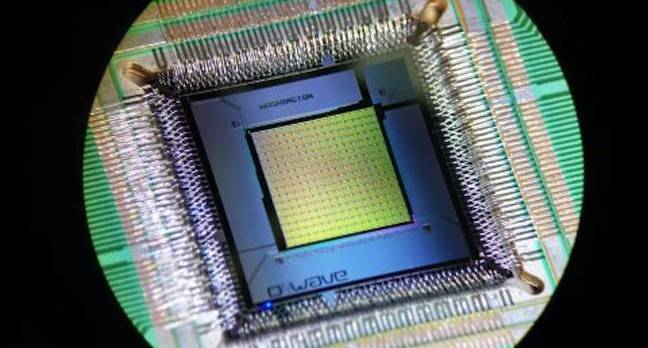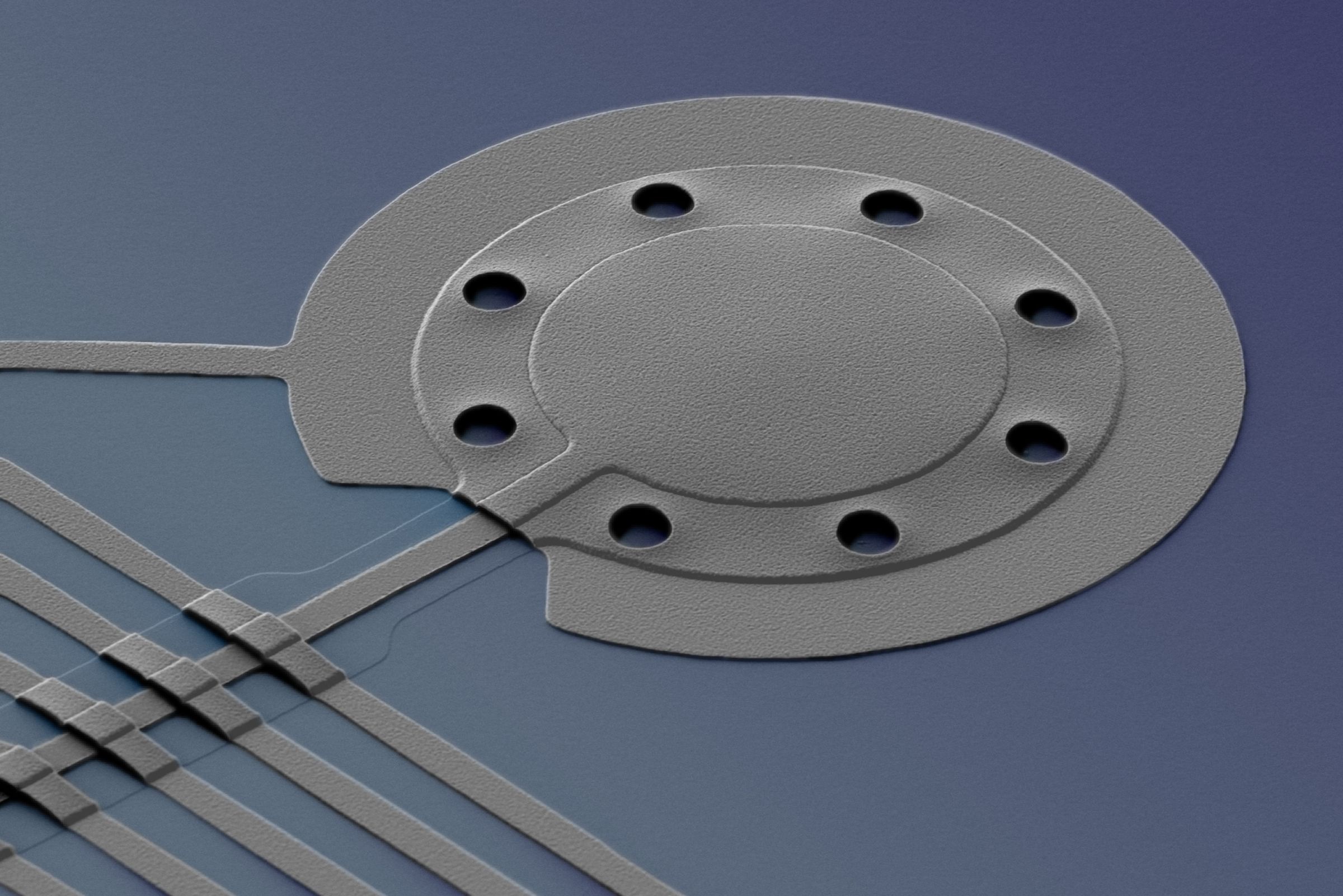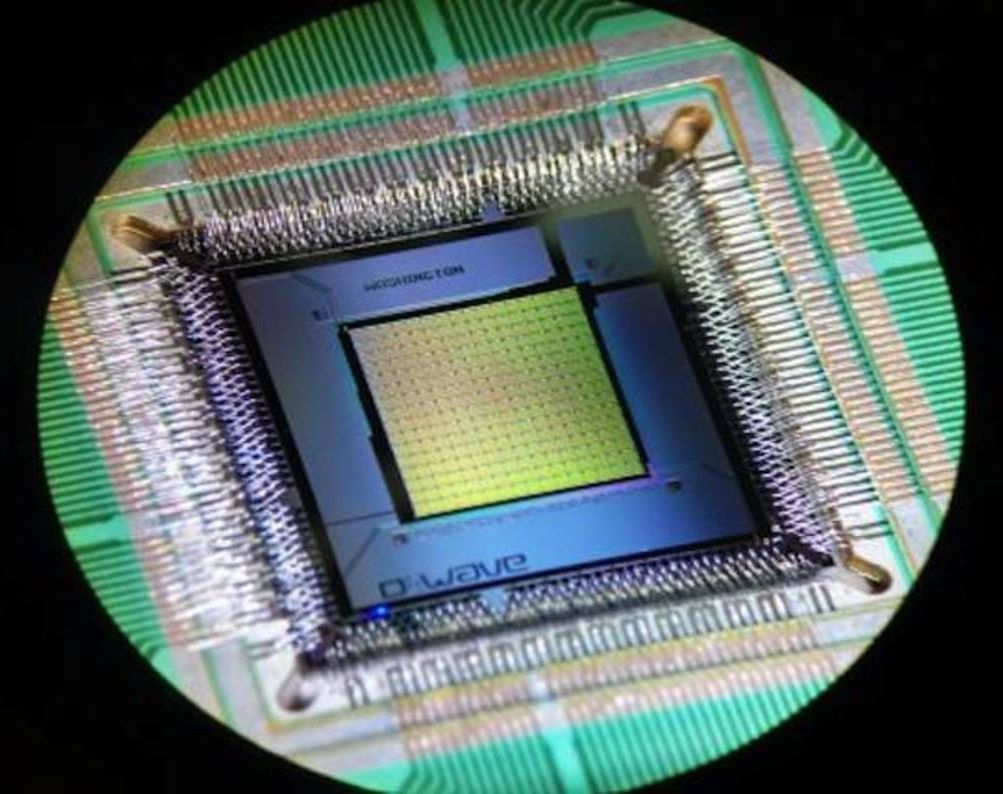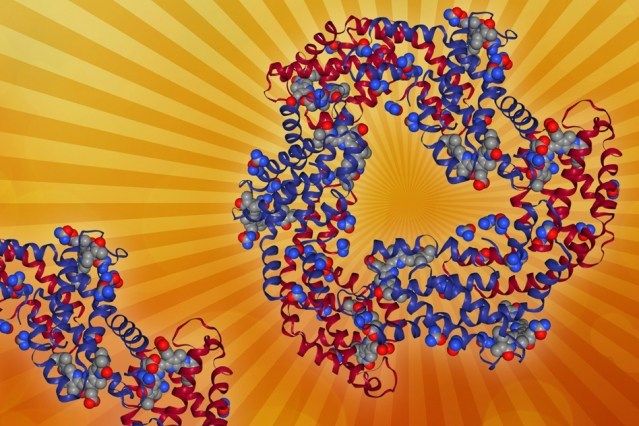Page 10311
Jan 12, 2017
Next-Gen Computing Game Changers: Quantum Computers And Beyond
Posted by Karen Hurst in categories: computing, quantum physics
Although this was published last week; I got a request to share again for those who missed it.
While “product-market fit” may have become the mantra for many tech companies and investors, we believe there are still plenty of companies out there with their eyes set on building true game-changing technologies. In our Game Changers report, we identified 8 categories of innovation that could have the greatest impact on how we live. Among these is next-gen computing — specifically, quantum computers and DNA data-writing technologies, which have the potential to fast-track innovation across industries.
Quantum computers can solve real-world problems much faster than traditional computers — and their capacity is only increasing. Meanwhile, using synthetic DNA to store vastly more data than a typical chip has the potential to revolutionize computers’ memory capacity.
Continue reading “Next-Gen Computing Game Changers: Quantum Computers And Beyond” »
Jan 12, 2017
Innovation150 Kick Off at Science World
Posted by Karen Hurst in categories: innovation, science
Sharing in case anyone is interested in attending.
What do the Walkie-Talkie, IMAX, the egg carton, instant mashed potatoes and the sport of hockey all have in common? They were all Canadian inventions! You can celebrate Canada’s innovative past, present and future for our country’s 150th anniversary when the Innovation150 National Tour launches at Science World next week. Innovation150 Kick Off at Science World The cross-country Innovation150 tour will celebrate Canadian ingenuity and inspire the innovators of tomorrow. Locally, from January 19 to February 3, 2017, Science World and Innovation150 are organizing a city-wide celebration of Canada’s innovative past, present and future for our country’s 150th anniversary. Innovation.
Jan 12, 2017
Greek scientists create artificial neuron with quantum-dot lasers
Posted by Karen Hurst in categories: biological, quantum physics, robotics/AI
Syn. Neurons via Q-Dot Laser. Nice.
Greek researchers working at the National and Kapodistrian University of Athens (EKPA) optical communication photonic technology laboratory have developed an artificial “neuron” that simulates fundamental functions of the human brain, at speeds that are many orders of magnitude higher.
A paper on the new breakthrough made by the Greek team, led by Prof. Dimitris Syvridis with Dr. Charis Mesaritakis as main researcher and with Alexandros Kapsalis and Adonis Bogris listed as authors, was published in the “Scientific Reports” section of the science journal “Nature” on December 19.
Continue reading “Greek scientists create artificial neuron with quantum-dot lasers” »
Jan 12, 2017
New Cooling Technique Could Aid Development Of Quantum Computers
Posted by Karen Hurst in categories: computing, particle physics, quantum physics
Nice.
A sophisticated cooling technique — using lasers to cool individual atoms — was demonstrated at the National Institute of Standards in Technology in 1978, and is now used in a wide array of precise applications, such as atomic clocks. Using the same principle, NIST physicists have now “cooled a mechanical object to a temperature lower than previously thought possible,” passing the so-called “quantum limit” which imposes limits on accuracy for quantum scale measurements.
Described in a paper titled “Sideband cooling beyond the quantum backaction limit with squeezed light,” published Thursday in the journal Nature, the technique could theoretically be used to cool objects to absolute zero, when matter exhibits almost no energy or motion.
Continue reading “New Cooling Technique Could Aid Development Of Quantum Computers” »
Jan 12, 2017
D-Wave goes public with open-source quantum-classical hybrid software
Posted by Karen Hurst in categories: computing, quantum physics
Nice job Geordie and Vern.
Search the universe with qbsolv

Continue reading “D-Wave goes public with open-source quantum-classical hybrid software” »
Jan 12, 2017
Semiconductor nanopyramids for building high-yield quantum photonic devices
Posted by Karen Hurst in categories: computing, particle physics, quantum physics
Novel structures exhibit highly directional emission and provide a template for site-controlled quantum dots and self-aligned nanophotonic cavities.
![]()
Semiconductor quantum dots (QDs) are thought to be a promising candidate for a single-quantum emitter in on-chip systems because of their well-developed growth and fabrication techniques. Semiconductor QDs, however, have a number of inherent limitations that need to be overcome before they can be used in practical applications. For example, QDs in semiconductors are strongly affected by elements (e.g., phonons) in the surrounding environment, which results in short nonradiative decay times and rapid dephasing processes. Despite the high intrinsic radiative decay rates of semiconductor QDs compared with those of other single-quantum emitters (such as atoms and ions), the radiative decay rate needs to be further increased so that these fast nonradiative and dephasing processes can be overcome. Furthermore, the collection efficiency of the light that is emitted from conventional QDs embedded in a high-index planar substrate is typically low (about 4%).
Continue reading “Semiconductor nanopyramids for building high-yield quantum photonic devices” »
Jan 12, 2017
How Photosynthetic Pigments Harvest Light
Posted by Karen Hurst in categories: solar power, sustainability
Harvesting light.
Plants and other photosynthetic organisms use a wide variety of pigments to absorb different wavelengths of light. MIT researchers have now developed a theoretical model to predict the spectrum of light absorbed by aggregates of these pigments, based on their structure.
The new model could help guide scientists in designing new types of solar cells made of organic materials that efficiently capture light and funnel the light-induced excitation, according to the researchers.
Continue reading “How Photosynthetic Pigments Harvest Light” »
Jan 12, 2017
Was Einstein Right, Is Time Travel Possible? Scientists Tested it
Posted by Karen Hurst in categories: particle physics, quantum physics, time travel
The University of Queensland Australia has done subsequent studies on time travel, its possibility aspects, and components. According to in-depth studies from the University, time travel is a possibility. The scientists used single particles of light photons to simulate quantum particles that travel through time. The study indicated that modern physics has strange aspects that were explained by Professor Timothy Ralph. Quantum particles are made up of fuzzy or uncertain components that make it possible for them to wiggle around and thus avoid inconsistent time travel situations. Therefore, nature behaves differently making the impossible possible.
Jan 12, 2017
Soon, You Could Have Your Genome Sequenced in 60 Minutes for $100
Posted by Shane Hinshaw in category: biotech/medical
In Brief
- Illumina claims its new NovaSeq sequencing machine will one day be able to sequence an entire genome for less than $100, a process that currently costs about $1,000.
- Cheaper genome sequencing could revolutionize healthcare, allowing doctors to prescribe individualized treatment options for patients.
There are an estimated 25,000 genes in the human genome, comprised of approximately 3 billion nucleotide base pairs. It took the Human Genome Project (HGP) approximately 15 years and $2.7 billion to sequence the entire human genome (minus about 1 percent) using the DNA of several volunteers.
Now, San Diego-based sequencing company Illumina has debuted a new sequencing machine, the NovaSeq (NovaSeq 5000 and NovaSeq 6000), that it says will one day be able to sequence an entire genome for less than $100 in fewer than 60 minutes. This is a steep difference in both cost and time compared to that first sequenced genome, but it follows the trend. In 2006, Illumina released their first machine, which could sequence a genome for $300,000, but by last year, that price had dropped to $1,000.
Continue reading “Soon, You Could Have Your Genome Sequenced in 60 Minutes for $100” »

















